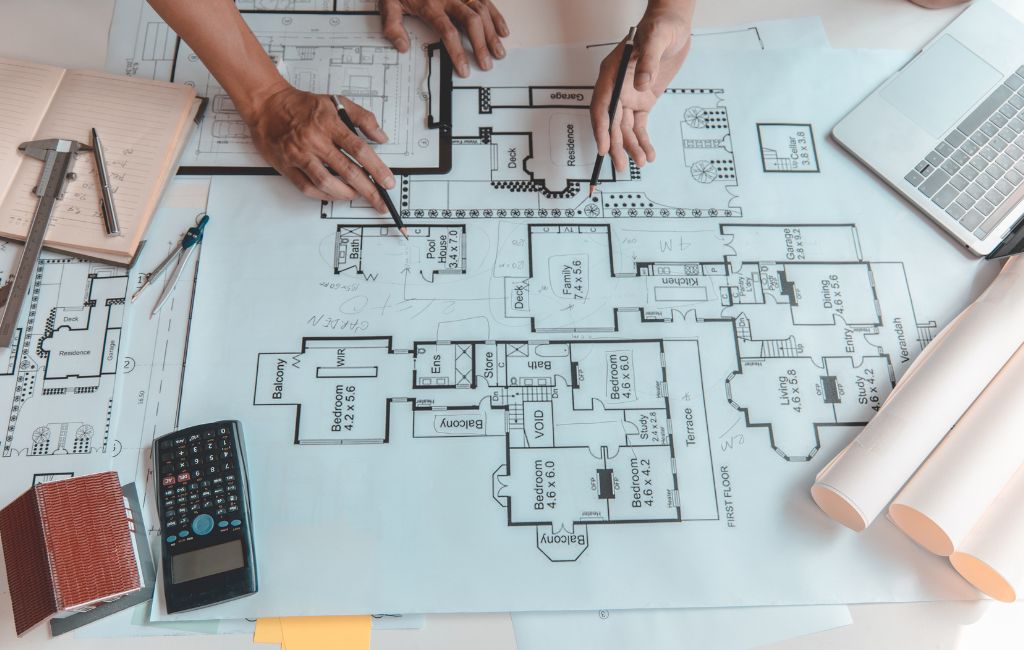
Designs Architect Crafting Innovative
-
Table of Contents
Designs Architect Crafting Innovative
The profession of an architect is one that combines creativity, technical knowledge, and a deep understanding of human needs. Architects are responsible for designing buildings and structures that are not only functional but also aesthetically pleasing. This article explores the multifaceted role of architects, their impact on society, and the skills required to excel in this field.
The Evolution of Architecture
Architecture has evolved significantly over the centuries. From the ancient pyramids of Egypt to the modern skyscrapers of today, the field has seen a transformation in styles, materials, and techniques. This evolution reflects changes in technology, culture, and societal needs.
- Ancient Architecture: Characterized by monumental structures like the Parthenon and the Colosseum, ancient architecture focused on durability and grandeur.
- Medieval Architecture: Gothic cathedrals with their pointed arches and flying buttresses dominated this era, emphasizing verticality and light.
- Renaissance Architecture: A return to classical principles, this period saw the rise of symmetry, proportion, and geometry.
- Modern Architecture: Emphasizing function over form, modern architecture introduced new materials like steel and glass, leading to innovative designs.
The Architect’s Responsibilities
An architect’s responsibilities extend beyond mere design. They must consider various factors to create structures that meet the needs of their clients and the community.
- Design and Planning: Architects create detailed plans and blueprints, considering aesthetics, functionality, and safety.
- Project Management: Overseeing the construction process, architects coordinate with engineers, contractors, and clients to ensure the project stays on track.
- Regulatory Compliance: Architects must adhere to building codes and regulations, ensuring that their designs are safe and legal.
- Sustainability: With growing environmental concerns, architects are increasingly focusing on sustainable design practices.
Skills Required for Success
To succeed as an architect, one must possess a diverse set of skills. These skills enable architects to navigate the complexities of their projects and deliver exceptional results.
- Creativity: The ability to think creatively is fundamental, allowing architects to design innovative and unique structures.
- Technical Knowledge: A strong understanding of engineering principles, materials, and construction techniques is essential.
- Communication: Architects must effectively communicate their ideas to clients, contractors, and team members.
- Problem-Solving: The ability to address challenges and find solutions is crucial in the dynamic field of architecture.
Impact on Society
Architects play a significant role in shaping the built environment, influencing how people live, work, and interact. Their designs can enhance the quality of life and contribute to the cultural identity of a community.
- Urban Development: Architects contribute to the planning and development of cities, creating spaces that foster community and economic growth.
- Cultural Significance: Iconic structures like the Sydney Opera House and the Eiffel Tower have become symbols of cultural identity.
- Environmental Impact: By incorporating sustainable practices, architects can reduce the environmental footprint of buildings.
Case Studies
Examining real-world examples can provide valuable insights into the impact and challenges faced by architects.
- The Burj Khalifa: As the tallest building in the world, the Burj Khalifa in Dubai showcases the possibilities of modern engineering and design.
- The Sagrada Familia: Designed by Antoni Gaudí, this iconic basilica in Barcelona is a testament to the fusion of art and architecture.
- The High Line: This innovative urban park in New York City transformed an abandoned railway into a vibrant public space.
Future Trends in Architecture
The field of architecture continues to evolve, with new trends shaping the future of design and construction.
- Smart Buildings: The integration of technology into building design is leading to more efficient and responsive structures.
- Biophilic Design: Incorporating natural elements into architecture to enhance well-being and connectivity with nature.
- 3D Printing: This technology is revolutionizing construction, allowing for faster and more cost-effective building processes.
Conclusion
The role of an architect is both challenging and rewarding, requiring a blend of creativity, technical expertise, and a deep understanding of human needs. As society continues to evolve, architects will play a pivotal role in shaping the future of our built environment. By embracing new technologies and sustainable practices, architects can create spaces that not only meet the needs of today but also anticipate the challenges of tomorrow.
- Navigating the World of Vegan and Gluten-Free Delta 9 THC Gummies
- From Pain Relief to Anxiety Decrease: The Versatile Conveniences of CBD Oil for Dogs
- Is CBD Oil Right for Your Pet dog? Understanding the Advantages and Dangers
- Finding Balance: Combining Standard and Alternate Coffees
- An Extensive Take A Look At Useful Mushrooms Utilized in Coffees